This message includes historical examples of the U.S.-Ukraine Foundation’s early strategic advocacy, which began in 1990, supporting people of Ukraine and advancing the U.S.-Ukraine partnership.
Today, as Ukraine faces urgent and defining challenges, we ask for your continued support.
Your generosity directly strengthens our strategic advocacy for Ukraine, frequently resulting in strong and often quiet U.S. diplomacy — work made possible by the Foundation’s trusted interventions that began in the early 1990s and continue through this increasingly dangerous time.
Your support makes a meaningful difference.

From Washington to Kyiv: Cheney’s Support for Ukraine.
Stories You May Not Have Heard.
by Robert A. McConnell | 11/14/25
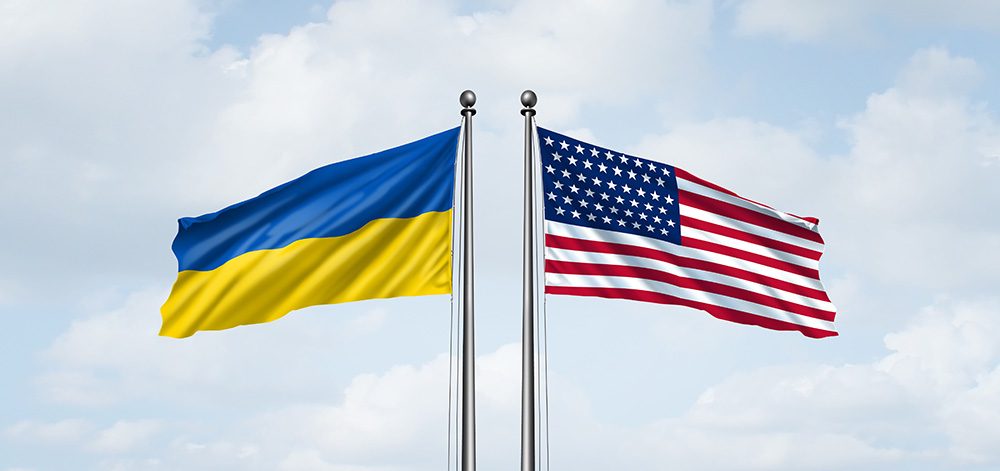
About former Vice President Dick Cheney, much is being said and written, both positive and negative.
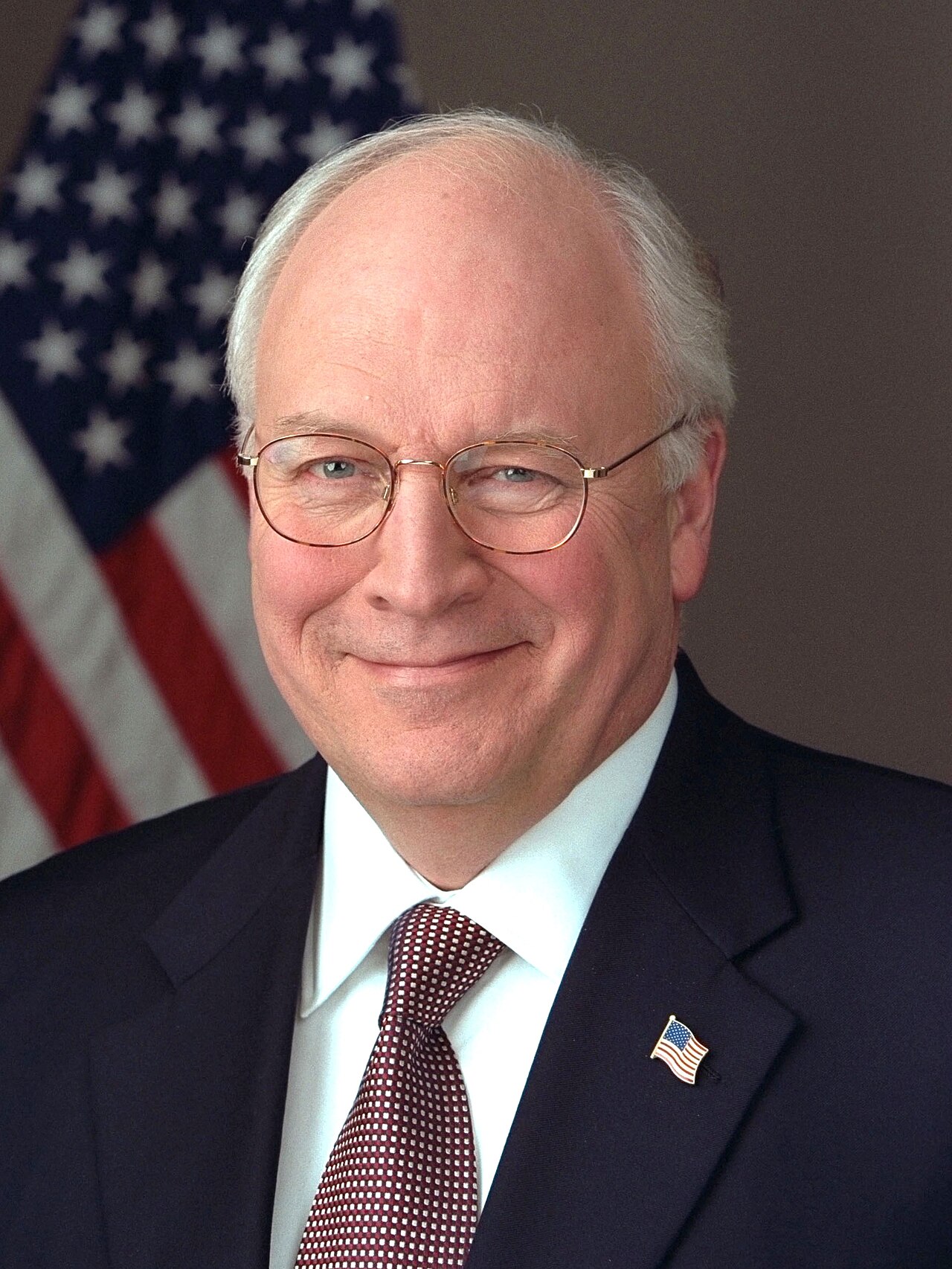
On numerous occasions over the years, Nadia and I had spent time with Cheney, beginning with my first meeting with him in the West Wing when he was President Ford’s Chief-of-Staff, and I had been engaged by the Arizona Congressional Delegation to coordinate an Arizona effort in Washington. We hosted the Cheney’s at our home, and as Secretary of Defense, Cheney, among many other important moments, provided me with invaluable assistance in gathering the information I needed to advise a client while America had troops on the ground in Panama.
However, our purpose here is to emphasize that Dick Cheney was always a strong and active supporter of Ukraine and of Ukraine’s independence.
Among the special memories we have related to Dick Cheney and Ukraine include:
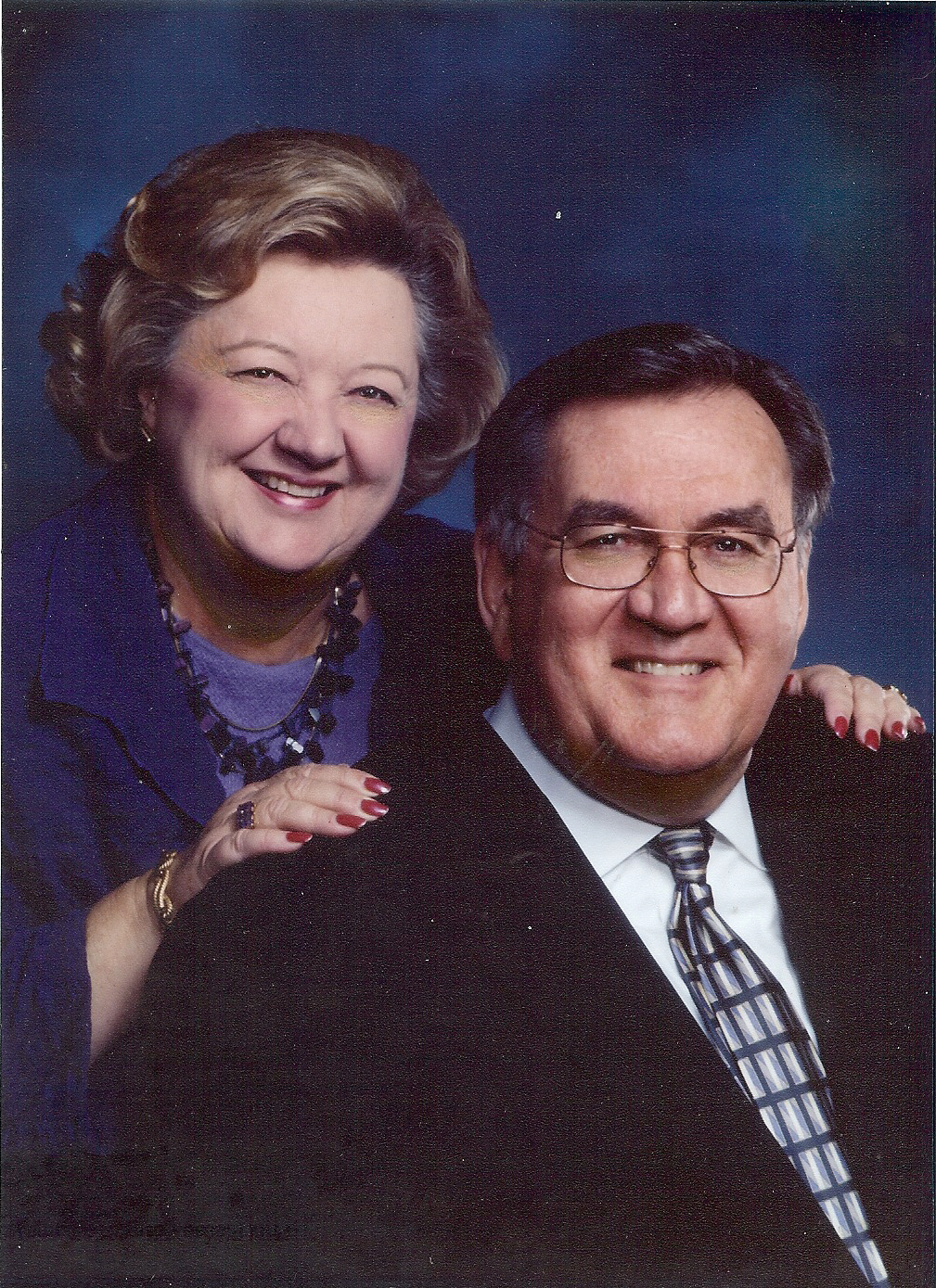
- We were asked by the pro-democracy leaders of Rukh, the Popular Movement of Ukraine, to get high-level election observers to monitor Ukraine’s first contested parliamentary elections to be held in March 1990. With the help of Senator Dennis DeConcini, who was then Chair of the Congressional Helsinki Commission, we organized a CODEL of 13 House Members to fly to Ukraine to observe the March election.
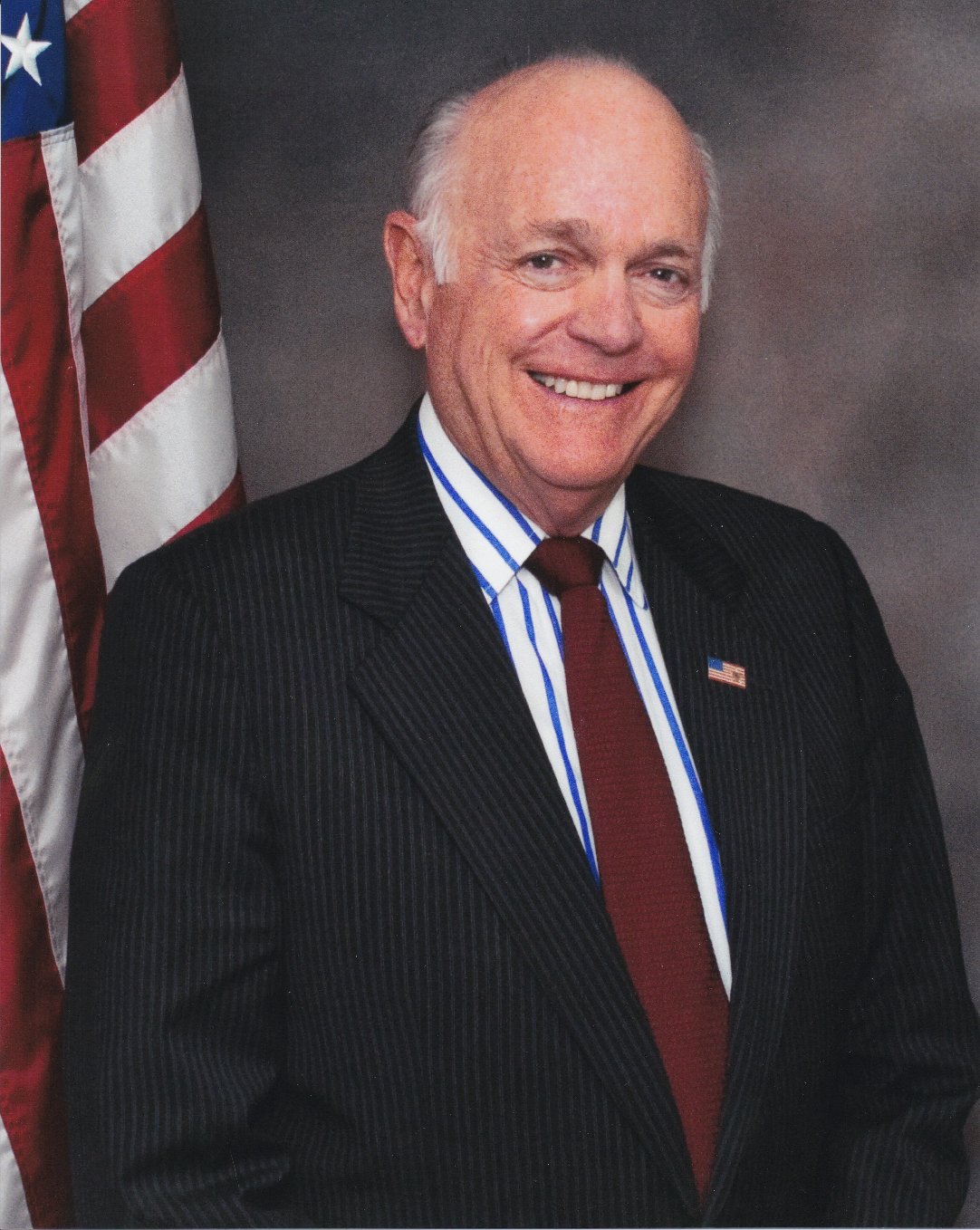
This initiative, however, would require a flight into Soviet airspace. There was some hesitancy within the Pentagon to provide an aircraft to transport this CODEL. Secretary Cheney saw to it that a plane was made available. The fact that the Soviet Union repealed permission previously granted for the flight to enter Soviet airspace just as the Members of Congress began to board their plane at Joint Base Andrews did not negate the importance of the Secretary’s support for the trip.
After Nadia and I returned from observing those pivotal-for-Ukraine elections, we met with Secretary Cheney to tell him about the trip and our impressions, having spent considerable time with the leadership of Rukh. One critical impression was that the people of Ukraine wanted their governance to be in Ukraine, not in Moscow. Among other anti-Ukraine behavior, Gorbachev’s demonic handling of the Chornobyl disaster made it clear that the people wanted out from under the Kremlin’s control. Cheney asked us to make sure that he meets anyone from Rukh should they come to Washington.
- Mykhailo Horyn, Vice Chair of Rukh’s National Council, was scheduled to come to the US in September 1990 to introduce the movement to official Washington. I called the Secretary’s office to schedule an appointment. Cheney’s Executive Assistant Kathy Embody, mentioned the ongoing Operation Desert Shield (America’s build up in advance of Operation Desert Storm) and advised that she would ask Cheney, but also said that the day Horyn was available was also the day the Secretary would be testifying in the morning in the Senate and in the early afternoon – after an important lunch meeting – would be testifying in the House of Representatives on the topic of US operations in the Middle East, she doubted he would be able to meet. However, she then called back and said the Secretary wanted me to bring Horyn in at 11 am, and when he returned from the Senate, he would try to meet with us for 20-30 minutes.
That Cheney-Horyn meeting lasted almost an hour, during which Nadia, who didn’t want to crowd the meeting, sat in the Secretary’s waiting room with Saudi Arabia’s ambassador to the United States, Prince Bandar bin Sultan, who was Cheney’s lunch appointment, while Kathy kept buzzing Cheney that the ambassador was waiting.
As our meeting ended, Cheney told me that if his schedule had been free, he would have spent the entire afternoon speaking with Horyn.

And it is important to keep in mind that Cheney scheduled this meeting despite the Department of State’s “discouragement” of high-level official meetings with opposition forces from other countries. Rukh was essentially the independence movement in Ukraine, in direct opposition to the Soviet leadership in Moscow.
- In August 1991, Nadia and I and our children left for vacation in Vermont after having not been able to contact our (the U.S.-Ukraine Foundation’s) Kyiv office for several days. When we arrived in Vermont, the news story broke about the Gorbachev putsch, and that explained the information blackout we had been experiencing.
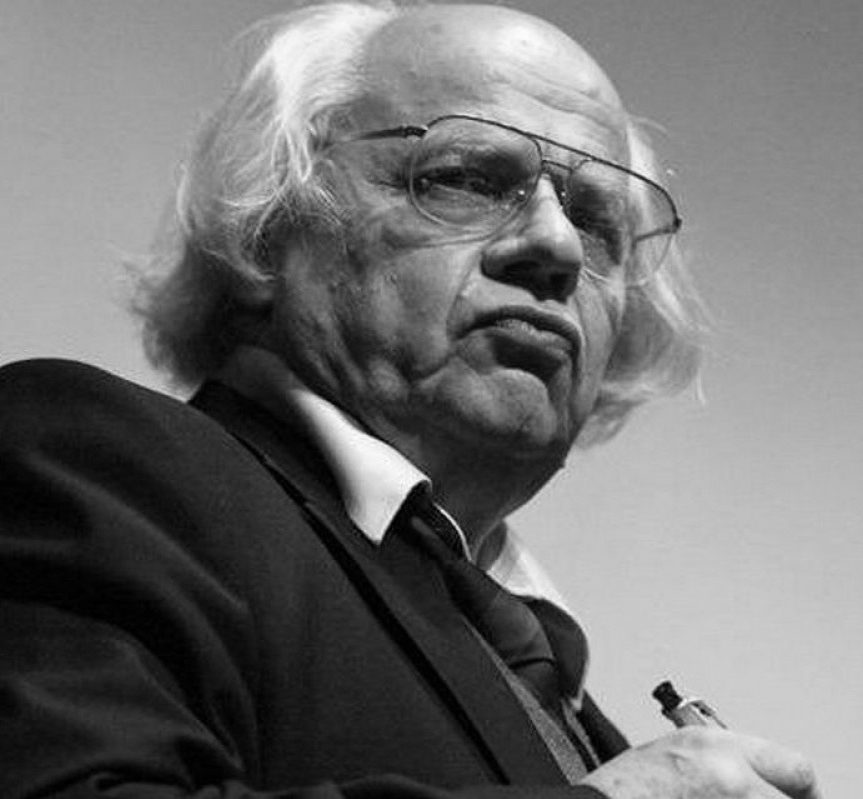
When the putsch ended and I logged on to the primitive and cumbersome system that passed for internet communications back then, we had a message from our Kyiv office. Our guy reported that, among other things, when the putsch ended, the Commander of Soviet Military Forces in the Ukrainian Soviet Socialist Republic had called Ivan Drach, Chair of Rukh, to his office. Our office reported that Drach was told that none of the Soviet military then stationed in Ukraine had participated in the putsch and that the Commander had ordered an ICBM (maybe two) to be raised out of their silos and placed on their sides so that hopefully American satellites would take that as a sign that whatever else was happening there would be no threat from Ukraine.


I immediately reconfigured the incoming email into a memorandum addressed to Secretary of State Jim Baker, Secretary of Defense Cheney, and National Security Advisor Colin Powell, and email-faxed it to each of their offices.
Within an hour, Cheney called to discuss this information and asked if he could get someone to Kyiv, so that our Kyiv office could get that person to a meeting with Drach.
Of course, the answer was yes. (Although the US did have an “official man in Kyiv”, he had left that August for his honeymoon, with the understanding that August in Kyiv, like in Washington, was usually slow and uneventful). I do note that I never heard back from Baker or Powell.
There is a fun postscript to this story. Not long after this event, I was introducing Secretary Cheney to guests at a Ukrainian-American dinner. When the Secretary came to the podium, he began his remarks by saying something like, “You may not know why, but at the Pentagon we have a new standing directive – if Gorbachev and McConnell both go to their dachas, then we go on Red Alert.” By then, some in the audience knew enough to appreciate the comment and had a good laugh.
- After the people of Ukraine voted overwhelmingly (92%) for independence in a referendum on December 1, 1991, and voted for Leonid Kravchuk to be its first president, an independent Ukraine began to assemble its first sovereign government. Secretary Cheney, among other things, wanted to send a message of support for independent Ukraine and host the first Minister of Defense of independent Ukraine, Kostyantyn Morozov, for an official visit to the United States before the new Minister of Defense of Russia, Pavel Grachev.

Cheney, mostly through Eric Edelman, who at the time was Assistant Deputy Under Secretary of Defense for Soviet and Eastern European Affairs, communicated with us regarding Morozov and getting messages to him.
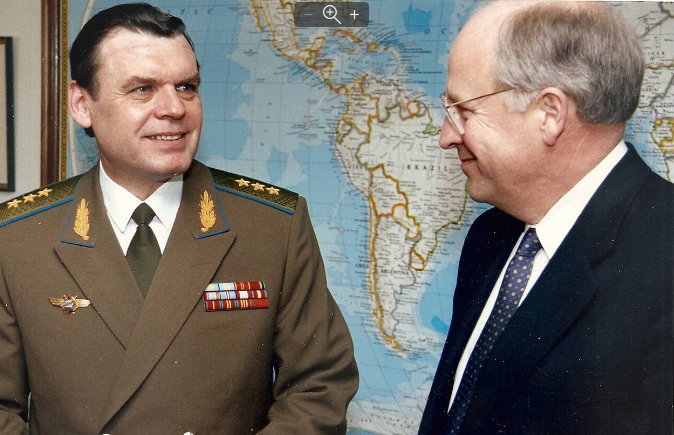
The Secretary of Defense prepared a formal invitation to Morozov and sent it to the Department of State, as State Department was responsible for delivering such invitations (or at least back then).
The invitation was returned to Cheney by the State as the State was firm that Grachev (Russia) should be welcomed to Washington first, before the defense minister of an independent Ukraine.
I was then asked by Cheney’s office to get two or three dates from Morozov as to when, if invited to visit on those dates, he could accept with certainty. In an exchange through our Kyiv office, Morozov gave me several such dates, and I passed them on to Secretary Cheney through Edelman.
Soon thereafter, I was asked to advise Morozov that when an emissary from the Department of State arrived at his office with a message for him, that emissary must be brought to him directly and he must accept the invitation on the spot. (An amusing moment here is about Morozov asking Drach who I was and why he should be doing what I said. The bottom line is that he did what I said as Ivan Drach told him to do so.)
In the meantime, of course, without telling me or anyone else, the Pentagon was confirming dates on which Grachev could not possibly come to Washington if invited on those dates.
So, with the stage set, Secretary of Defense Cheney delivered to State two invitations for official visits to Washington, one to Grachev for a date Cheney knew could not be accepted, and one to Morozov for a date he knew could be accepted.
When Secretary Baker learned Grachev was not able to accept, and that Morozov had accepted, meaning Morozov would be welcomed to the United States before the Russian minister, Baker called on Cheney to postpone Morozov’s trip. Cheney responded that he had done exactly what Baker had asked and that he was not going to postpone Morozov’s visit.
Because of Dick Cheney’s shrewd strategy, after the breakup of the Soviet Union, the first official visit to the United States by a representative of one of the newly independent states was General Morozov representing Ukraine.
I do add a couple of things: (a) Cheney specifically requested Horyn be included in the delegation - this was not necessarily welcomed by everyone in the official delegation. (b) At one point, at the beginning of the Morozov trip, someone in the delegation had approved using Russian. We knew from Rukh that they wanted their meetings to be conducted in Ukrainian. Nadia called Cheney’s office to alert them that Russian would not be acceptable. This was the one time that someone might have thought Nadia was being a bit pushy. But the meetings were in Ukrainian, and most subsequent early Ukrainian delegations insisted on Ukrainian.
(c) Having Ukrainian flags for the ceremonies was no problem for the Pentagon, but they requested sheet music for the Ukrainian national anthem. Chris Sonevytsky secured the sheet music, and we passed it on to the Secretary’s office.
(d) For his part, in advance of the trip, Minister Morozov had protocol questions which I was able to answer with the help of Edelman.
The first uniform of the independent Ukraine’s military was made for Minister Morozov for his visit to the United States.
In addition, Morozov, having never served as any type of diplomat (he was a bomber pilot), asked if there was any type of briefing he could get before the official visit began. Through our (the U.S.-Ukraine Foundation’s) office in Kyiv, I had several back-and-forth exchanges with Morozov. He flew into Washington on Saturday afternoon before his official visit was to start on Monday. So, other than some private time with Morozov, I had arranged for Zbigniew Brzezinski to host Morozov at his home on Sunday afternoon, where Dr. Brzezinski could offer suggestions and tell Morozov what to expect.
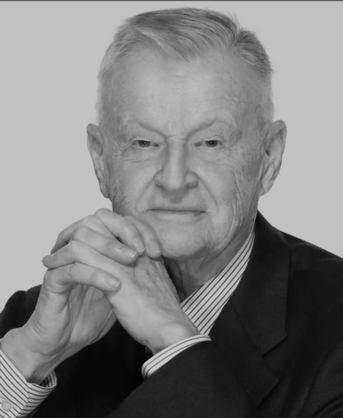
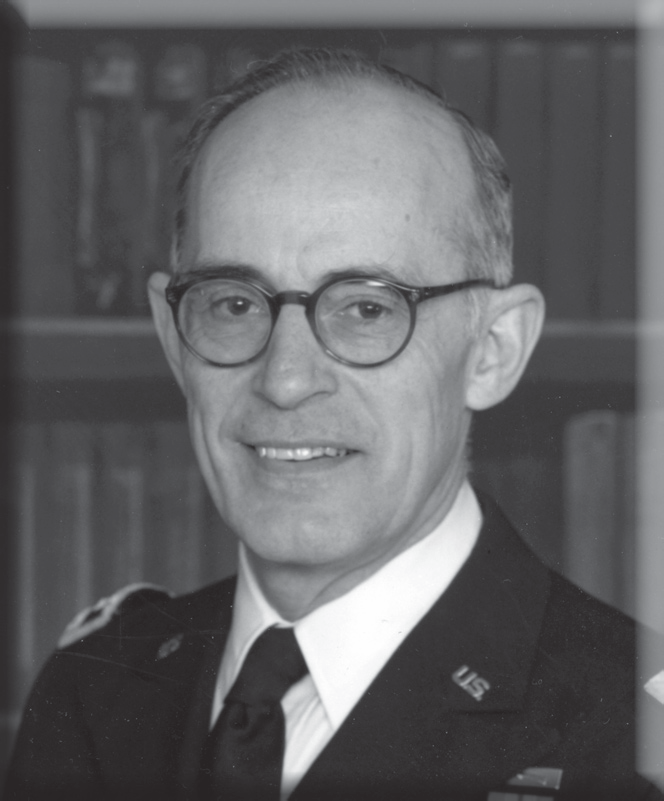
The Pentagon car took us to Brzezinski’s, and Dr. Brzezinski had invited General Bill Odom, the Director of the National Security Agency, to come and participate. It was a great session, and I doubt I could have set up a better briefing for Morozov, and I know Brzezinski and Odom found the discussion very worthwhile.
I believe all involved looked forward with great anticipation to the visit.
And what a visit it was! – starting with a Cheney-Morozov review of the troops in front of the Pentagon, a 19-gun salute, and the first playing of the Ukrainian national anthem in the United States by the U.S. Army band.
In addition, Lynn Cheney had a full schedule for Morozov’s wife, Raisa, which included a cruise on the Potomac River to Mount Vernon.
There are more examples of Dick Cheney’s interest in and support for Ukraine, from Vice President Cheney’s meetings with Ukraine’s President Viktor Yushchenko in Washington and later in Kyiv, to his consistent urging of support for Ukraine’s development after independence to his support for Ukraine in 2014 when Putin forced Ukraine to fight its war of independence 30 years after independence from the Kremlin had been gained peacefully.
For Dick Cheney, supporting Ukraine was in America’s vital national security interests, and he supported an independent Ukraine firmly and consistently. His contributions must be remembered here, as well as in Ukraine.
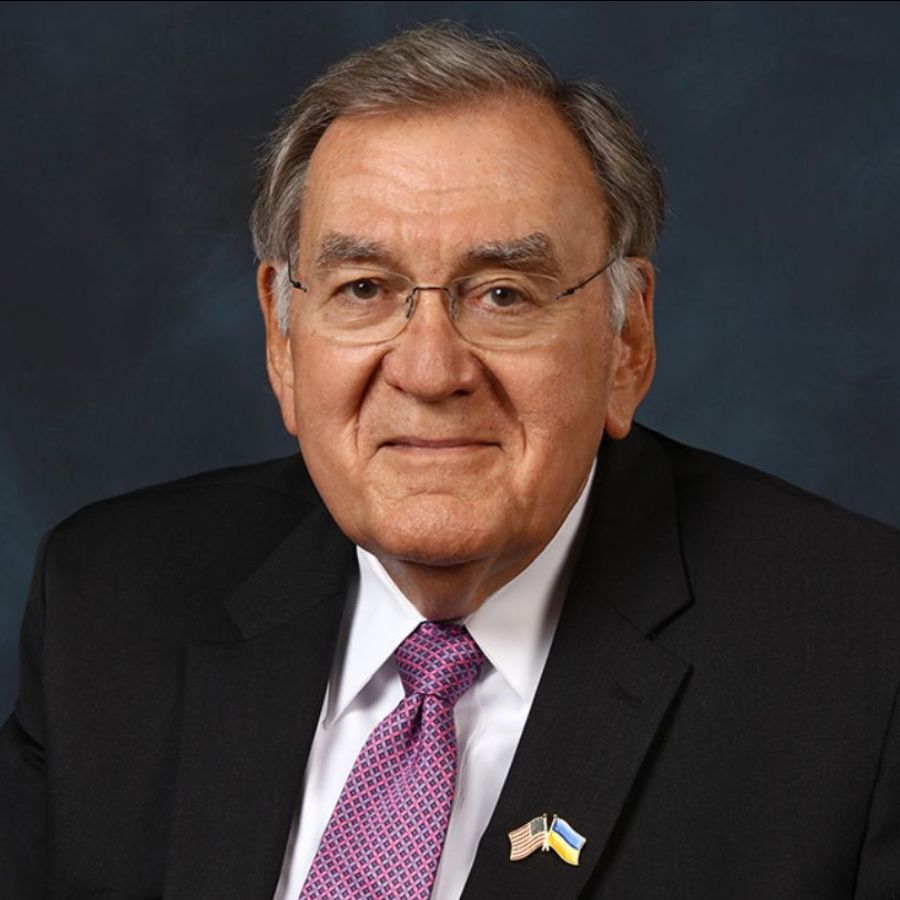
ROBERT MCCONNELL
Co-Founder, U.S.-Ukraine Foundation
Director of External Affairs, Friends of Ukraine Network
The article is Mr. McConnell’s and does not necessarily reflect the views of the U.S.-Ukraine Foundation and/or the Friends of Ukraine Network (FOUN).
.png)